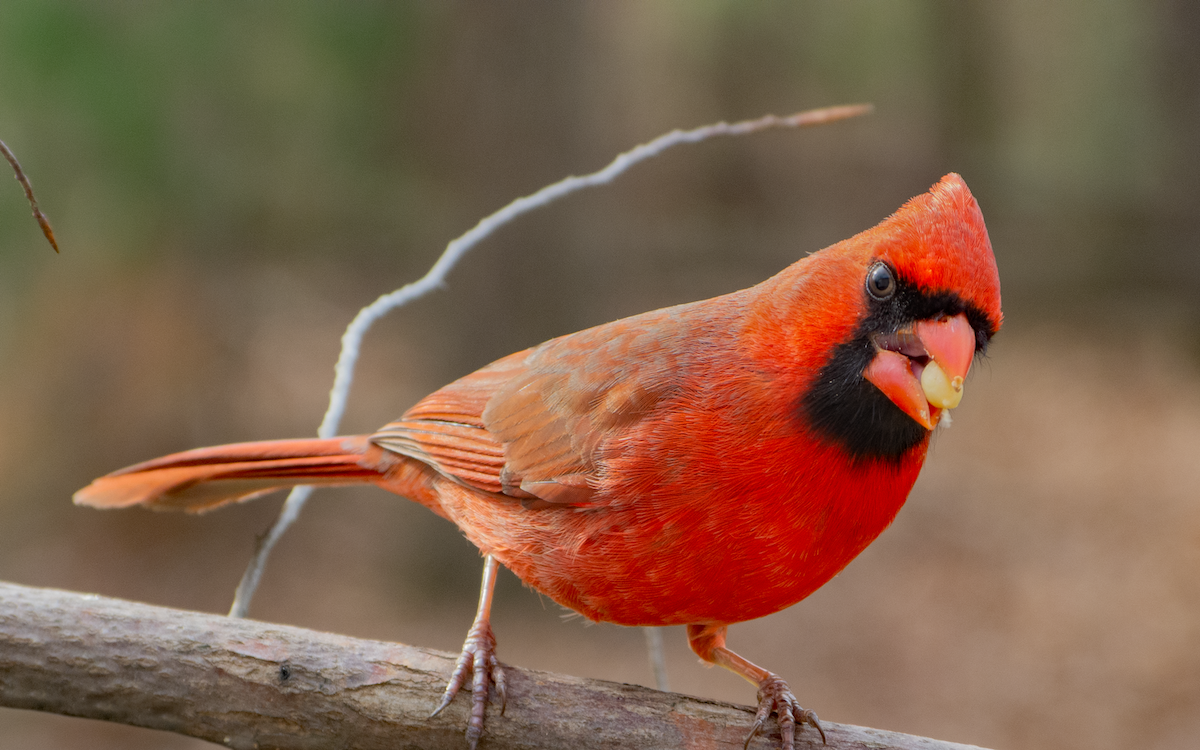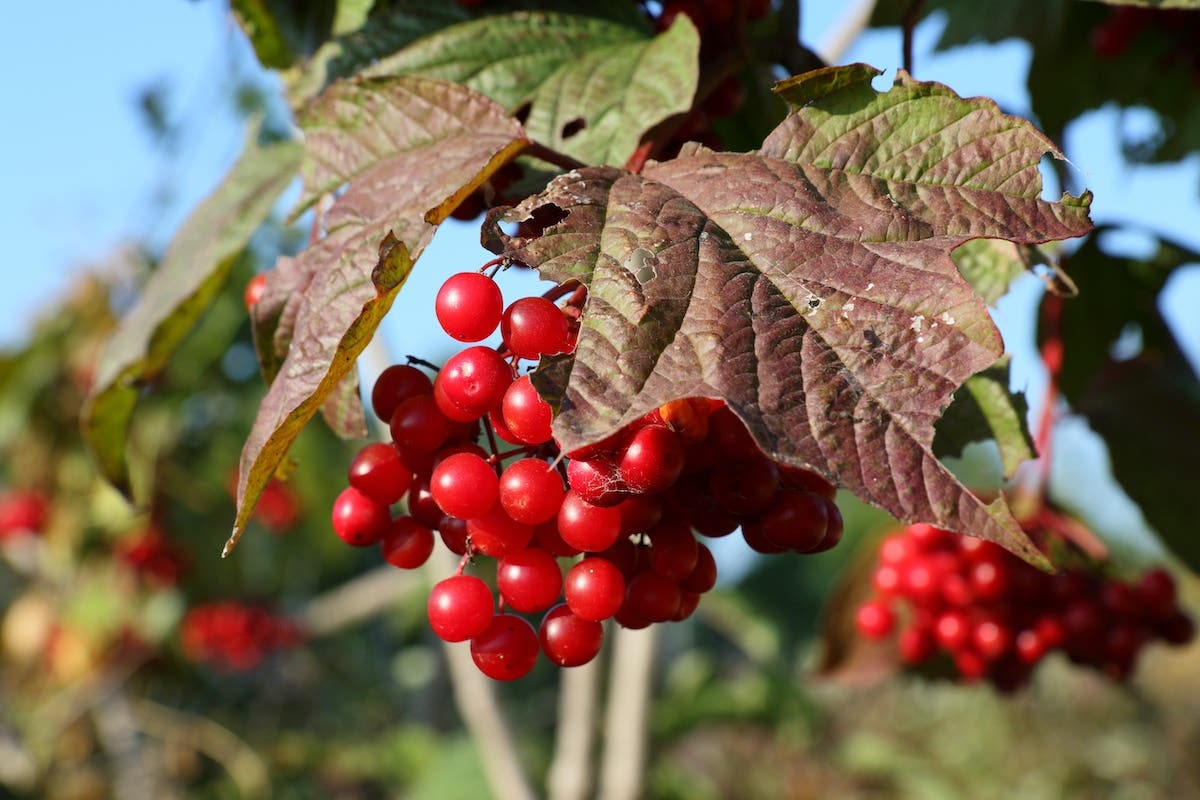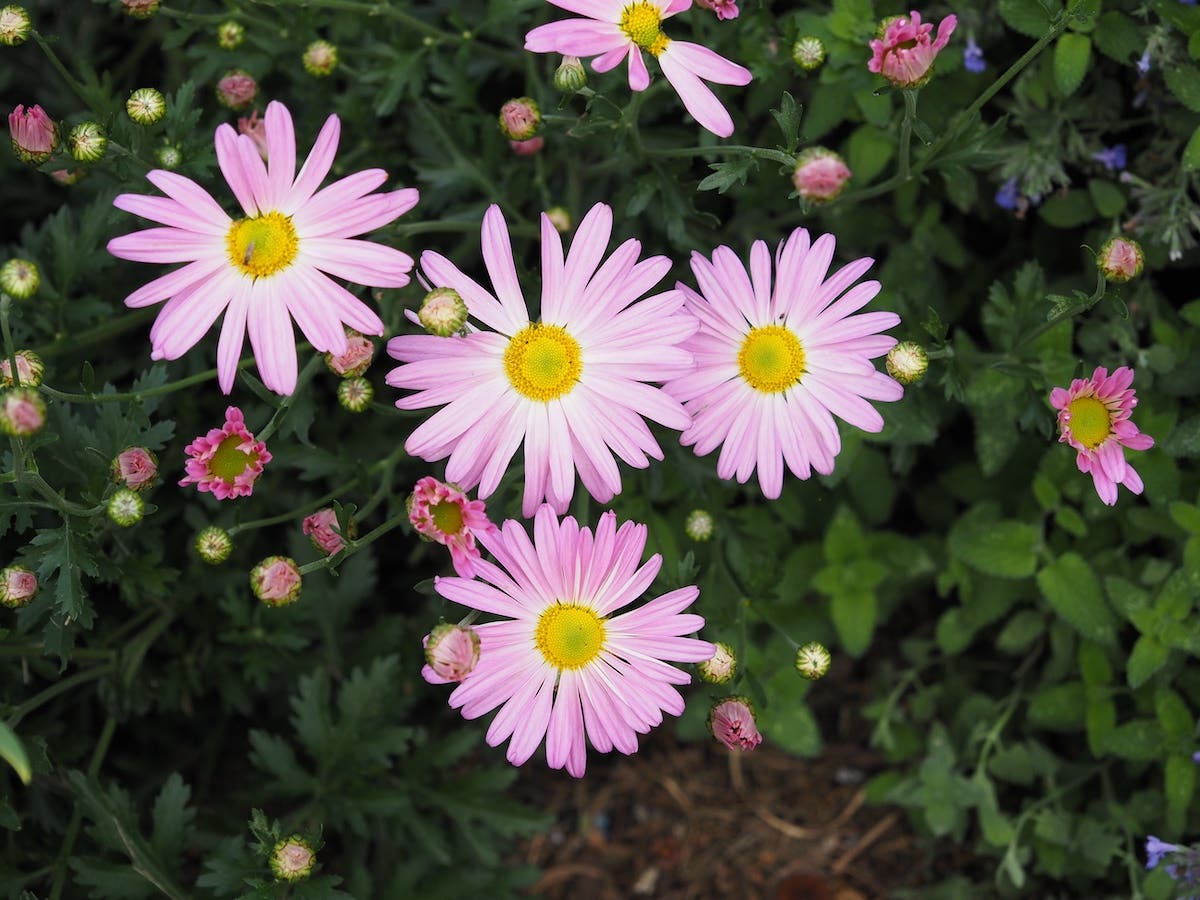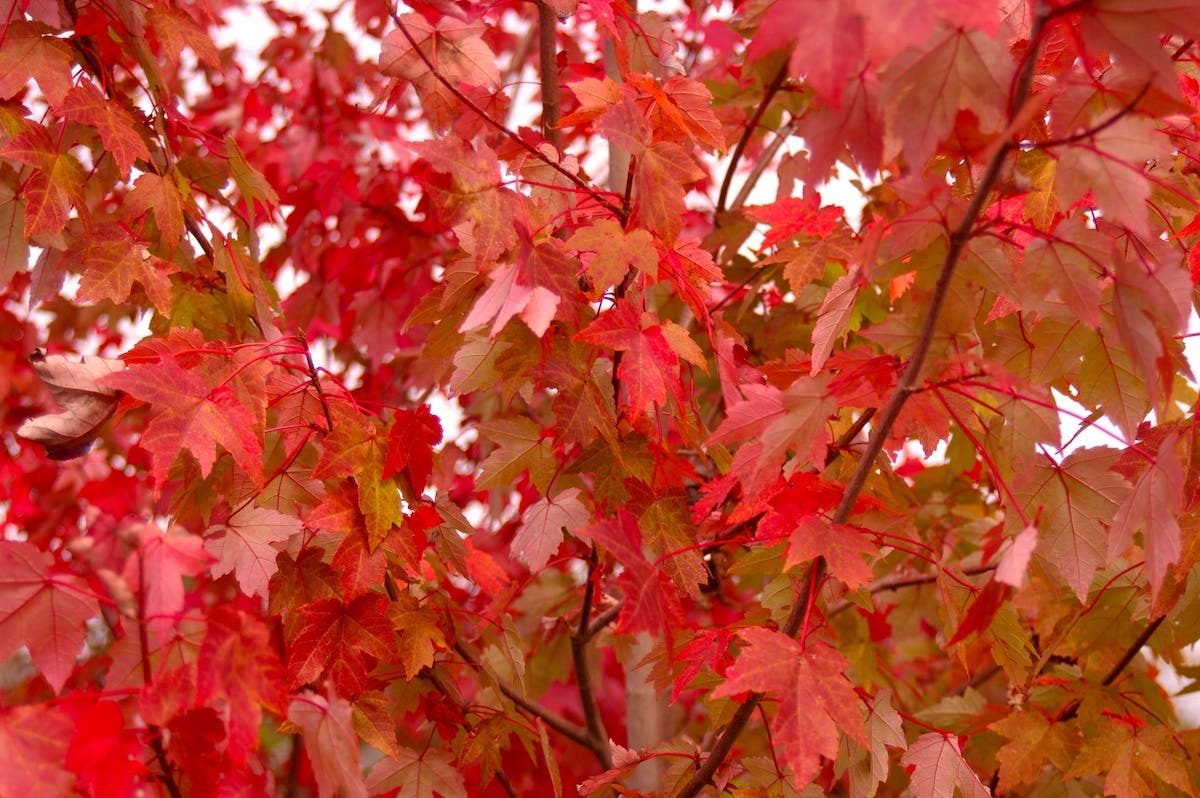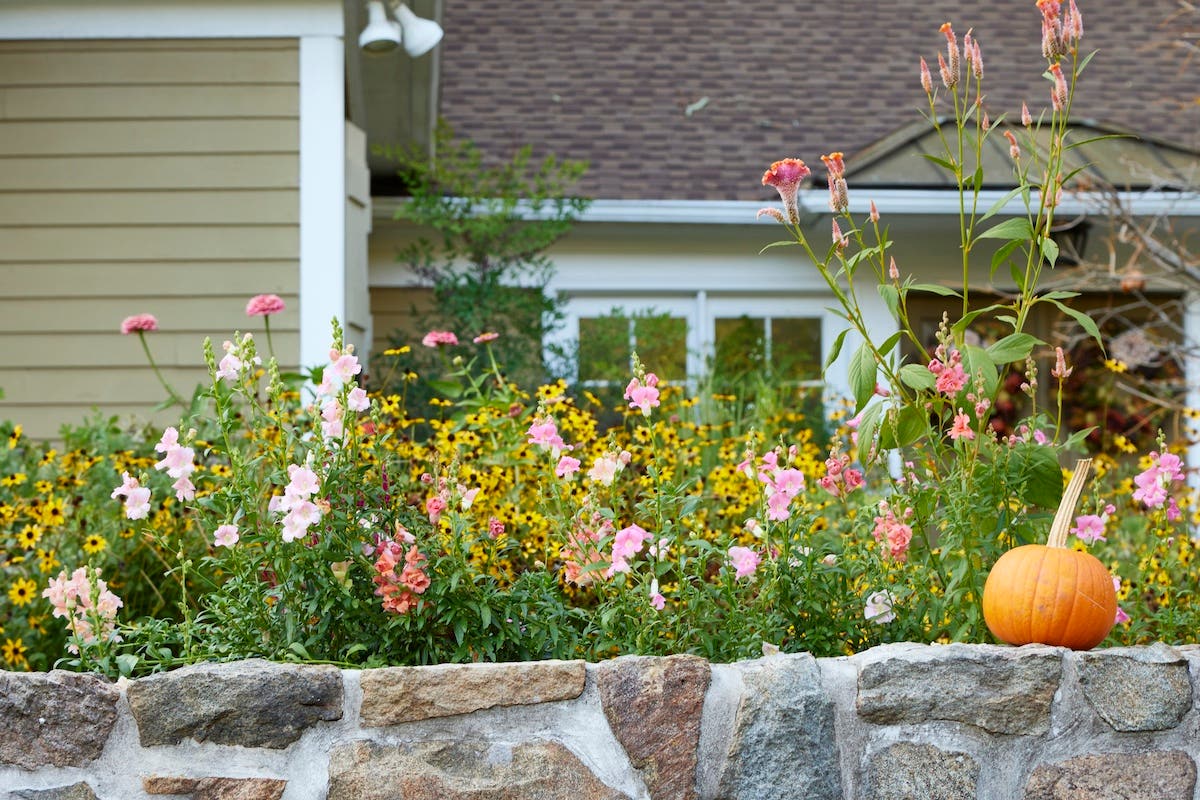The 6 Things You Need to Know About Spring-Flowering Bulbs
Follow these simple steps to keep spring-flowering bulbs like tulips and daffodils growing and blooming well.
Here's how to care for spring-flowering bulbs that were planted in the fall and are blooming as expected, such as tulips, crocus and daffodils:
- Consider removing winter mulch. Last fall you should have added a nice layer of organic mulch to protect the spring-flowering bulbs from wild temperature swings during the winter. (Related: "Do This Where You Planted Flower Bulbs.") You may want to pull this extra covering off of the bulbs, especially short types like snowdrops, scilla and crocus, for the best visual display.
- Once the flowers have faded, deadhead them. This allows the plant to put energy into restoring the reserves of the bulb instead of producing seeds.
- Leave the foliage on spring-flowering bulbs until it turns brown. The bulb needs the foliage to gather energy to replenish the bulb so the plant can return next spring.
- Spring often comes with ample rain to sustain your bulbs while they're in active growth, but should there be a dry period, water them.
- Fertilize your spring-flowering bulbs, but avoid mixes high in nitrogen. The University of Illinois Extension recommends applying a slow-release granular fertilizer rated 10-10-10 when bulb foliage breaks through the soil in the spring. If you missed this window, you can apply a liquid fertilizer after the bulbs flower, instead. If you want to skip fertilizers, top-dress the bulbs' area with compost in the fall, which will improve both soil health and drainage. (Related: "Spread Compost This Fall for a Better Garden.")
- Some spring-flowering bulbs, especially daffodils, can develop into thick stands. The competition can lead to diminished flowering. Every few years, carefully dig, divide and replant the bulbs at proper spacing so that they can continue to thrive and bloom.
Spring is also an excellent time to observe garden areas that could use more bulbs and make notes to add them in fall. For inspiration and some of our recommended spring-flowering bulbs, check out these articles:
Jennifer SmithAuthor
Related Stories


